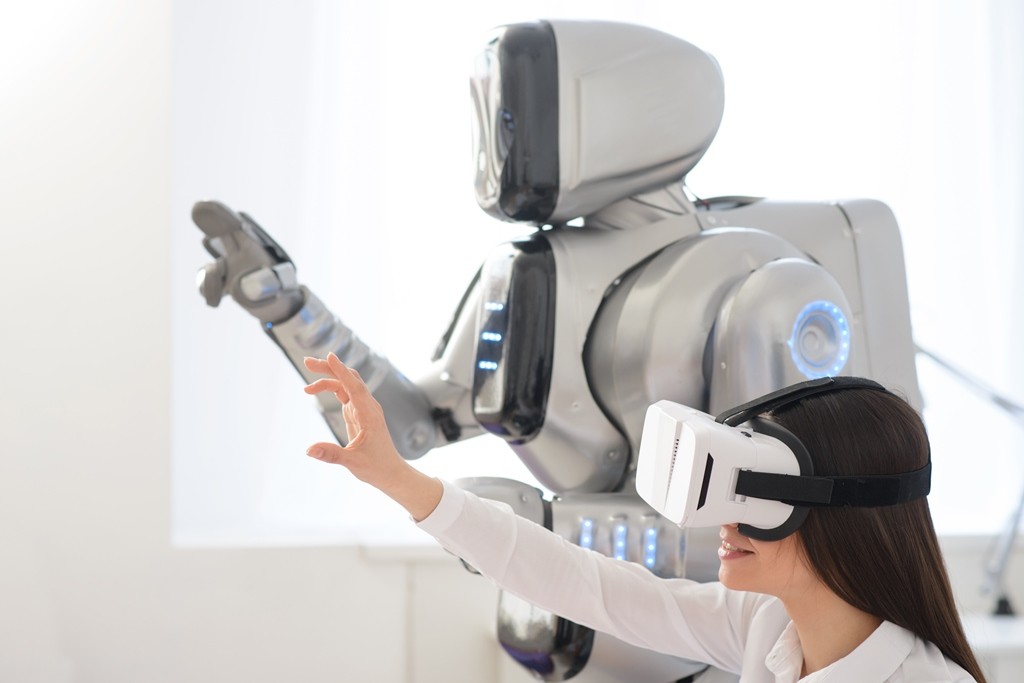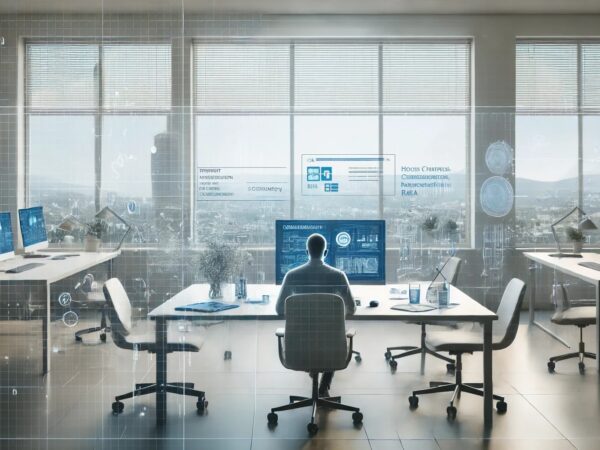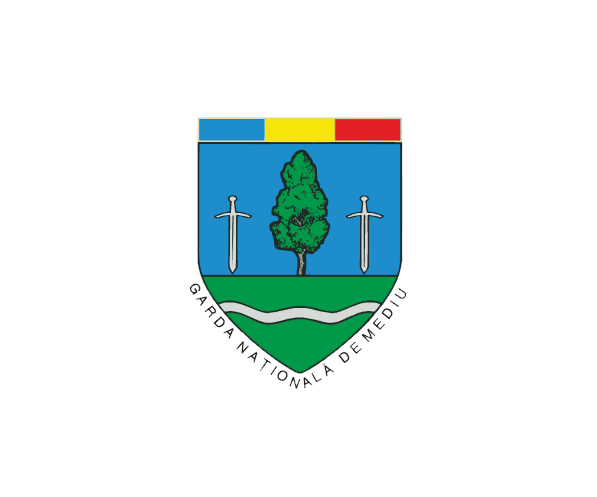MEDICAL DEVICES R&D
Are you planning a R&D process for medical devices, prosthetics automation or virtual reality? If you are looking for highest quality R&D, Areus has the research and development team and capabilities you require. Check out our Prototype production line including Automation & Board Handling here.
Smart Artificial Upper Limb | Multigrip Bionic Hand
Areus Technology team develops affordable multi-grip bionic arms. Our intelligent upper limb are custom-built, comfortable, adjustable and breathable.
Bionic Arm Features:
- Custom built for you
- your muscles control the 3D printed bionic arm.
- Breathable, cleanable & removable
- Multi-grip can be configured via Areus proprietary mobile app
Mobile control apps for artificial limbs wearers and clinicians
Areus Technology R&D team works on the latest convenient mobile apps to allow wearers to setup and configure of their intelligent artificial prosthesis directly from their smartphone.
Areus is part of the Armin SEE R&D project advancing healthcare frontiers through cutting edge Robotics and Artificial Intelligence.
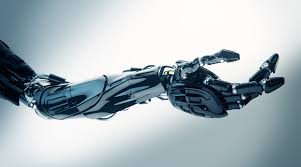
ARTIFICIAL INTELLIGENCE
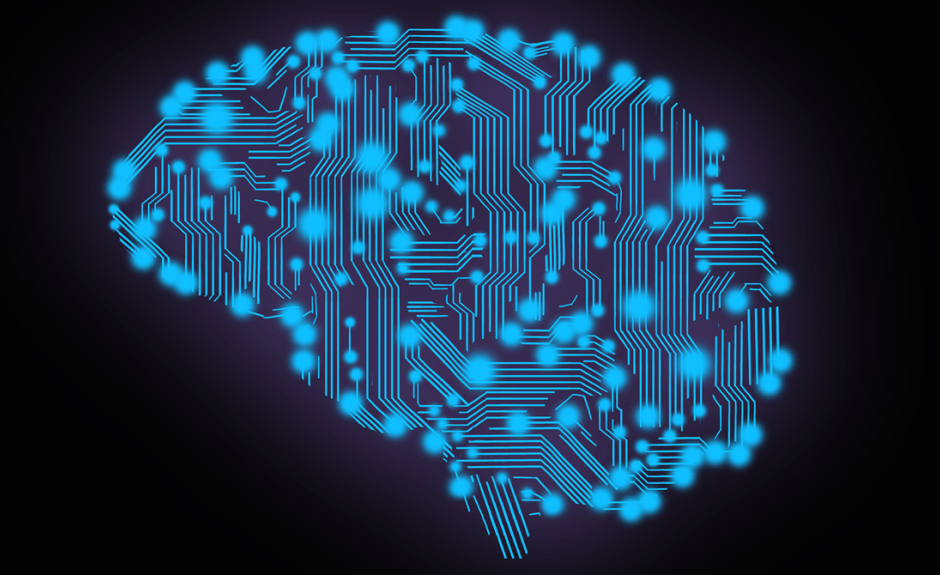
Today, robotics and artificial intelligence (A.I), once the domain of Science Fiction, are seamlessly adopted into everyday life aspects. AI enables and powers today every domain, anywhere from healthcare and learning to communication and logistics.
From a level of professional passion and healthcare ethos to an interest in cutting-edge research, our team can assist you and provide consulting to identify the best AI technology alternatives all the way to implementation and support your robotics and new medical prosthesis technologies.
VIRTUAL | AUGMENTED REALITY IN HEALTHCARE
The augmented reality system, under development, combined with interfacing robotics, help the wearer control the movement entering the domain of rehabilitation AI & robotics. Our R&D team developed an artificial upper limb that uses both artificial intelligence and augmented reality to crunch sensor data while virtual reality creates “learning paths” to superimpose specific movements on the bionic arm, allowing the wearer to visualize and feel synthetic objects.
